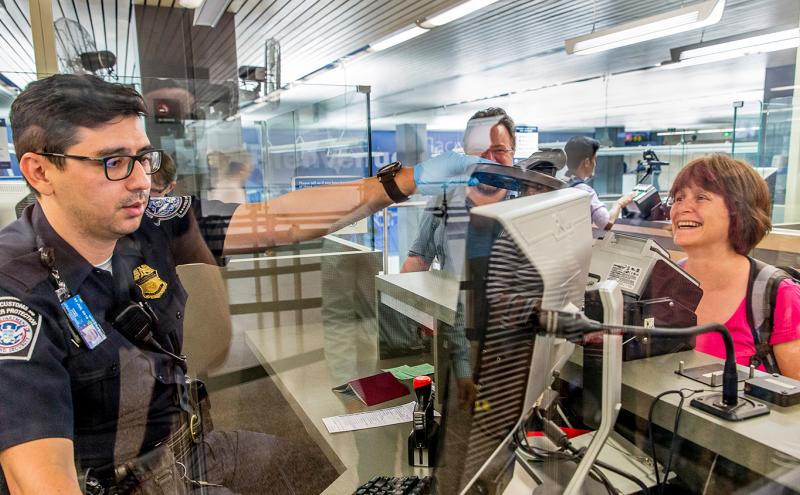From midday today (January 11), the Port of Seattle will coordinate a resources fair at Seattle-Tacoma International Airport (Sea-Tac), Washington, to help federal safety and security employees who are continuing to work without pay during the current federal government partial shutdown.
The fair will bring together providers of short-term loans, employee assistance programs, and others, to make it easier for federal employees to learn about the services that are available and quickly get help.
Federal workers are encouraged to visit the Sea-Tac Central Auditorium on the mezzanine level above Checkpoint 3 from noon to 5:00pm on January 11 and January 14. Based on the response and needs expressed over the first two days, the Port of Seattle will determine if the fairs need to be repeated beyond Monday.
Organizations attending the fair include Boeing Employees Credit Union (BECU), Washington State Employees Credit Union (WSECU), Seattle City Light, Puget Sound Energy, and United Way of King County.
The Port of Seattle is working with representatives from the US Transportation Security Administration, US Customs and Border Protection and the Federal Aviation Administration to ensure affected workers are aware of the opportunity.
“The federal workers who serve critical functions at the port, such as air traffic controllers, security checkpoint screeners, safety inspectors and other vital roles, deserve to be paid in a timely fashion for the work they do,” said Port of Seattle commissioner Ryan Calkins. “Until our federal government ends this unnecessary and harmful shutdown, we will do everything in our power to help workers in our facilities find the resources they need to pay their bills.”
The third partial shutdown of the US government began on December 22, 2018, after the United States Congress and President Donald Trump were unable to agree on the appropriation of funds for the 2019 fiscal year, primarily a request for US$5.7bn in federal funds for a US-Mexico border wall. The partial shutdown has resulted in a lapse in funding for nine federal departments affecting about one-fourth of federal government activities and approximately 800,000 federal employees.

